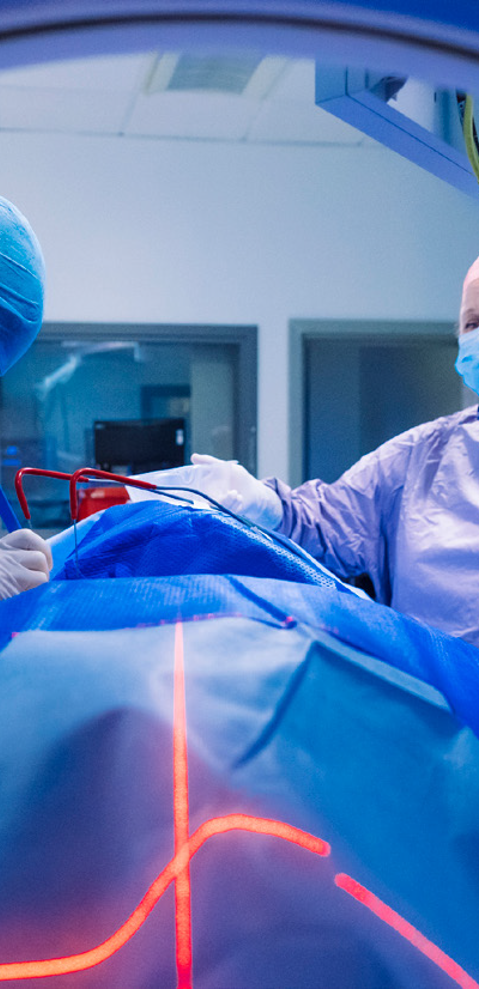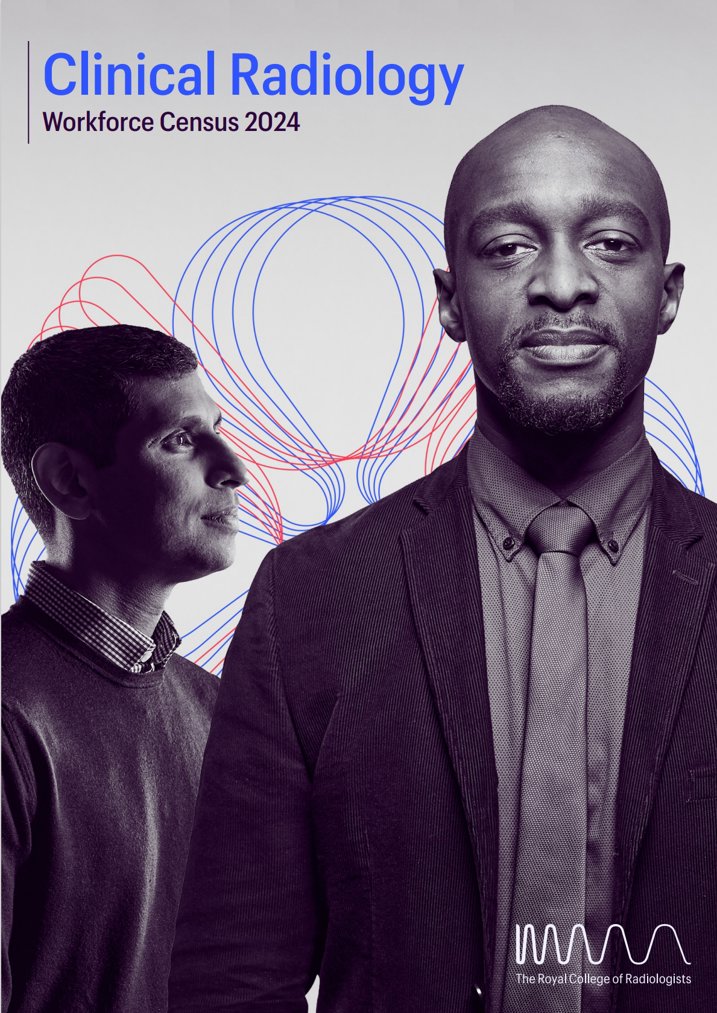
Clinical radiology census reports
Our census report presents a comprehensive picture of the clinical radiology workforce each year, and enables us to speak decisively about the issue.
Our 2024 clinical radiology workforce report reveals dangerous shortages of clinical radiologists – specialist doctors who are essential for the diagnosis, management and treatment of major conditions such as cancer and stroke. These are leading to growing and severe delays for patients to receive diagnoses and begin treatment. The rate of radiology workforce growth is dwarfed by the rate of increase in demand for radiological expertise.

Shortages vary by location, but are present in all UK nations and regions. There is also a concerning lack of specific expertise across areas of special expertise, including in the imaging of certain body sites like chest and breast radiology.
Our 2024 census report reveals:
Shortfall of clinical radiology consultants
Forecast shortfall of clinical radiology consultants by 2029
Growth in the CR consultant workforce in 2024
Surge in demand for CT and MRI imaging in 2024
This means that:
100% Radiology leaders say that workforce shortages caused delays for patients
£325 million
Cost of meeting excess reporting requirements, 2024
100% Radiology leaders say that workforce shortages caused delays for patients
£325 million
Cost of meeting excess reporting requirements, 2024
See our latest updates, policy reports and initiatives.